10 Ways to Ensure Your Best Onion Crop
With so many new Dixondale Farms customers this season, our goal is to provide customers with the best plants and information to be successful onion farmers. For many years, these ways have been our top recommendations to customers trying their hand at growing onions from transplant for the first time.
1. Plant the right variety of onions at the right time of year for your area, and buy only from reputable producers that send true varieties.
2. When your plants arrive, remove them from the box and place them in a well-ventilated, cool area until you can plant them. Keep the plants dry until then, and do not put them in soil or water.
3. Choose a location with full sun and good drainage for planting your onions.
4. Apply a pre-emergent herbicide to control weeds in your onion patch. Prepare your onion beds early, so a few crops of weeds can be flushed and tilled under prior to planting. Later, apply a post-emergent herbicide or control weeds by hand.
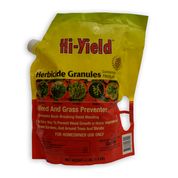
5. Fertilize with a balanced fertilizer before planting, and with a good source of nitrogen every three weeks until the onions start to bulb.
6. Water your plants thoroughly and immediately after planting. Use the knuckle rule to determine when to water during the season. If you can feel moisture when you stick your finger in the ground up to your first knuckle, then the onions are wet enough. Use drip or furrow irrigation rather than an overhead sprinkler system, which may promote the spread of disease.
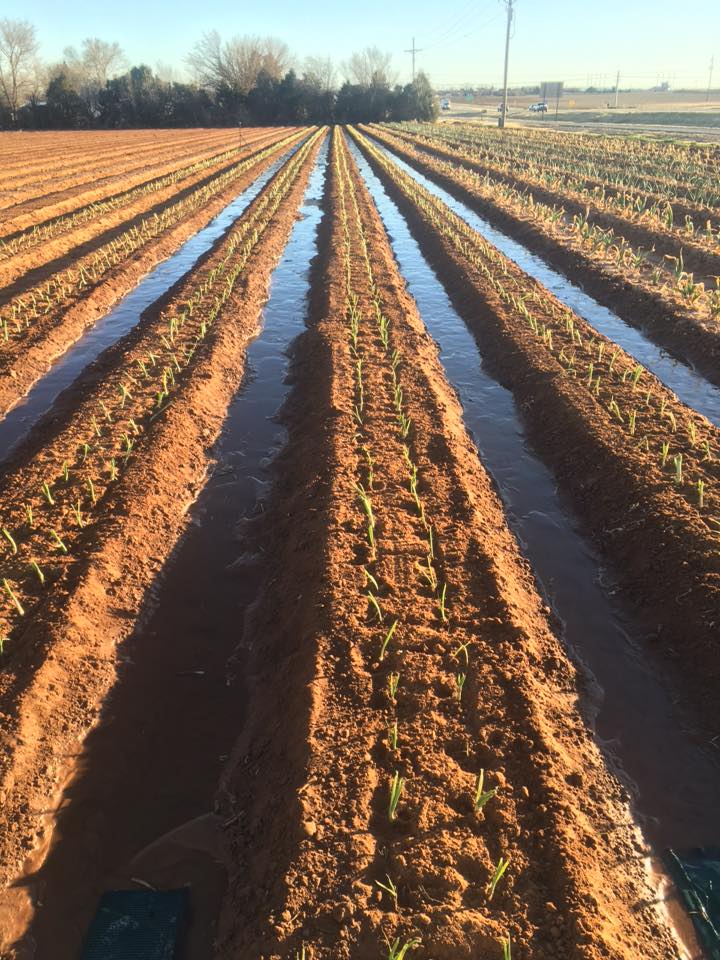
7. Keep a close eye on the weather, especially early in the season. When you discover that a frost or freeze is coming, water the onions in very well and put down mulching or straw to help protect them. If it gets really cold, you may want to spread burlap over the onions as insulation.
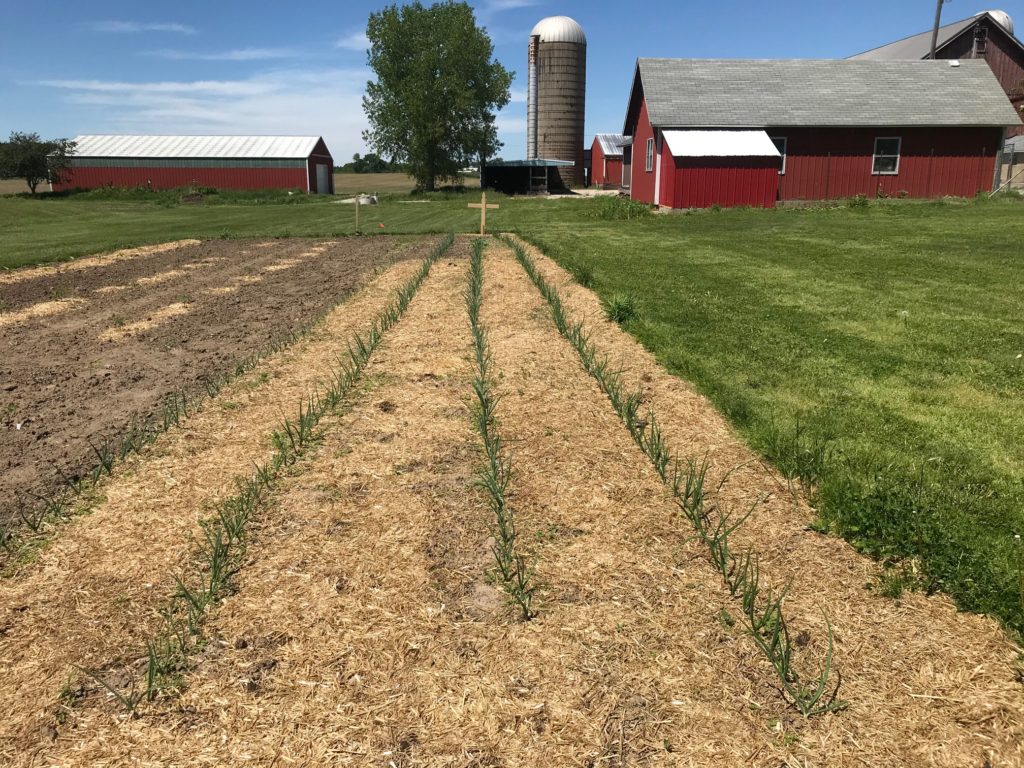
8. Spray weekly with a protective fungicide to prevent foliar diseases and rotting during storage. You won’t notice there’s a problem with the disease until it’s too late and they start rotting after harvest.
9. At harvest time, lift the onions out of the ground and put the top of one onion over the bulb of another to prevent sun scald on the bulbs; sun scald with cause storage issues later down the road. Let them dry for at least three days in the field, and allow the tops to completely dry down before clipping them.
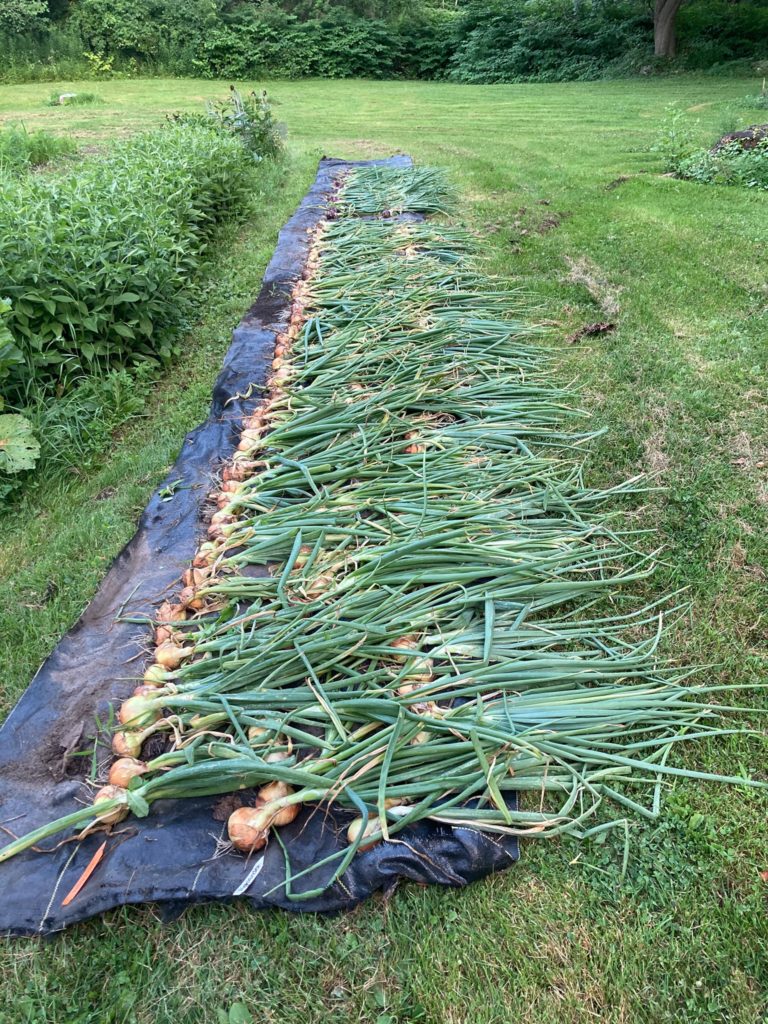
10. Store the harvested onions in a cool, dry, well-ventilated location. Place them in mesh bags or netting to permit air flow all around the onions, and to prevent one rotten onion from touching the others. Check out our storage products to keep your crop in the best shape after harvest.
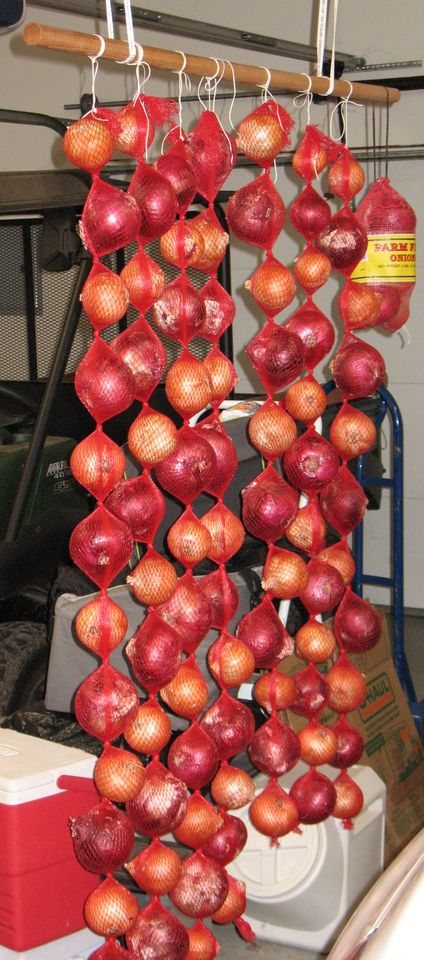
If you’ll follow these tips, you’ll most likely end up with an excellent crop of onions that will last well in storage. Enjoy!
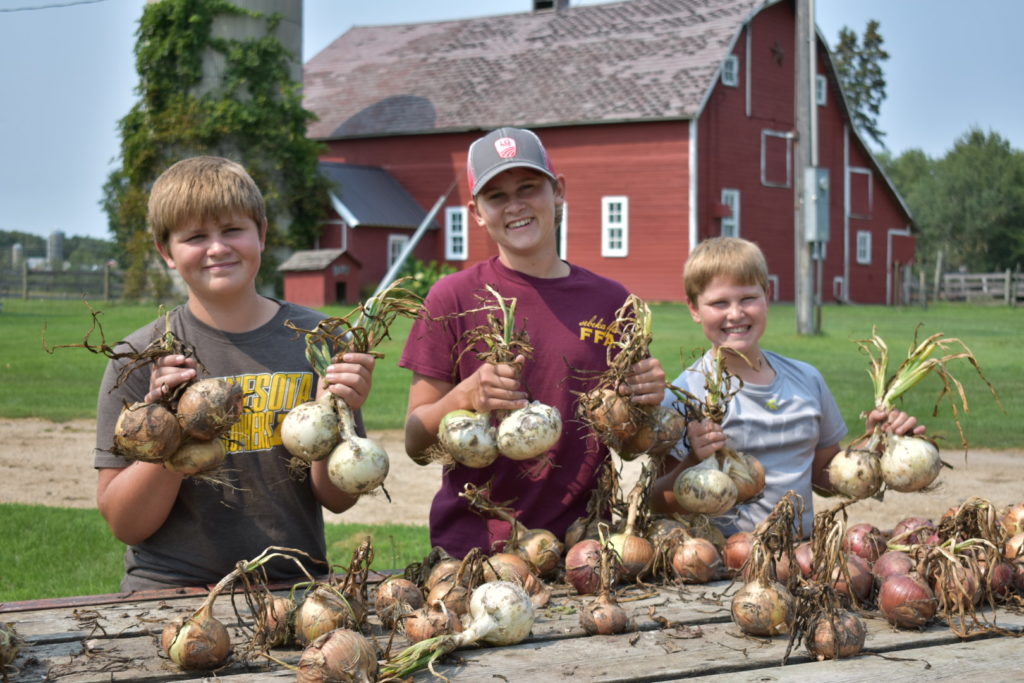

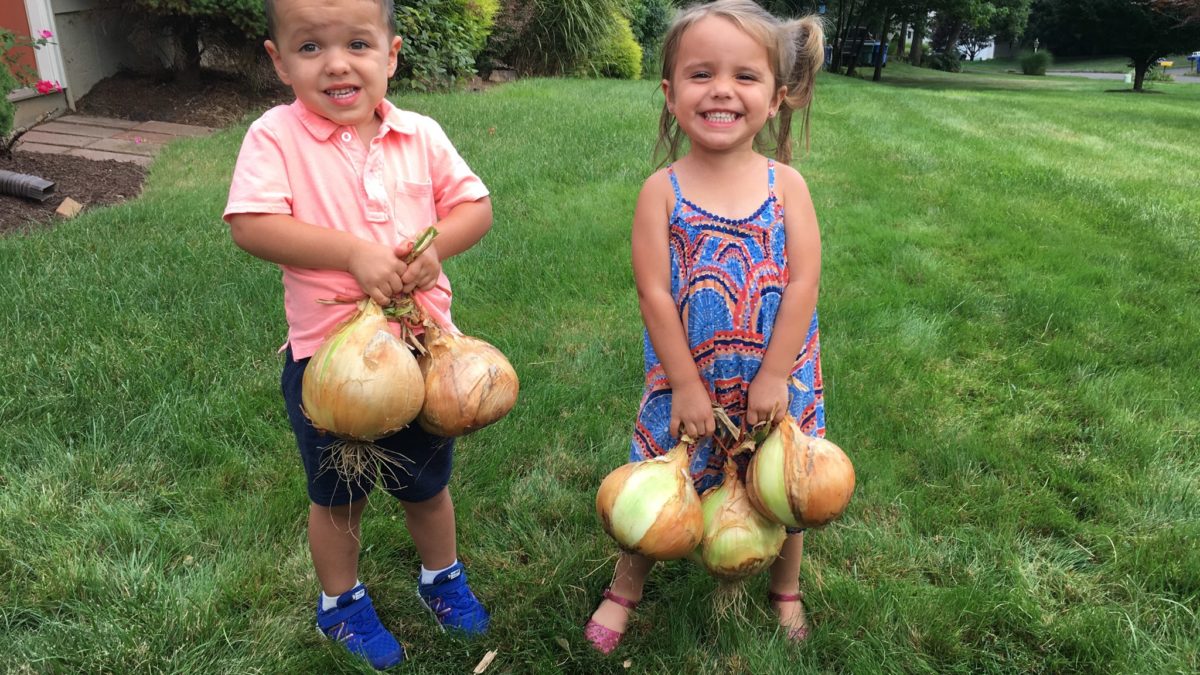
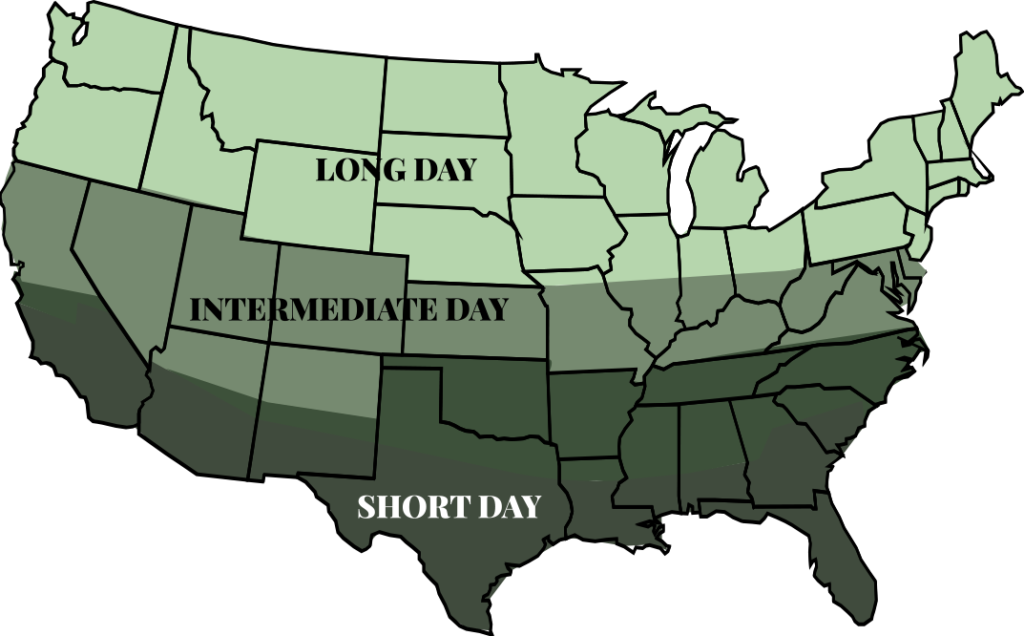
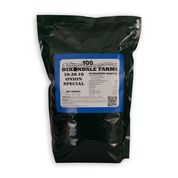
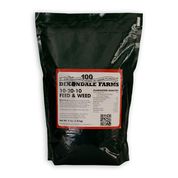
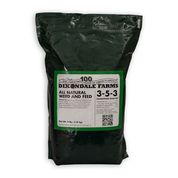
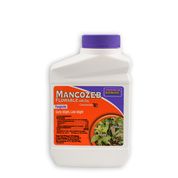
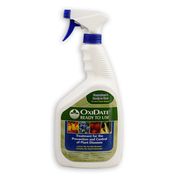
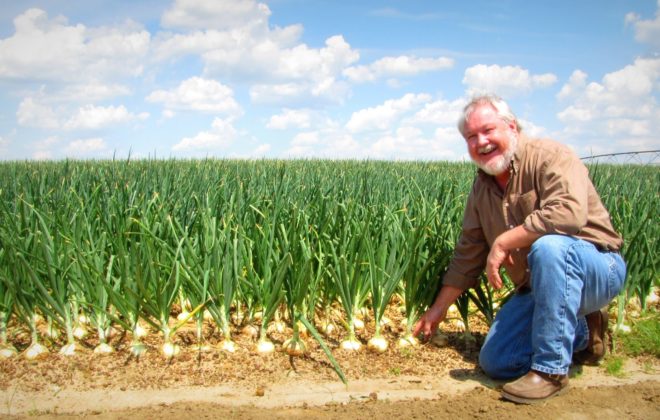
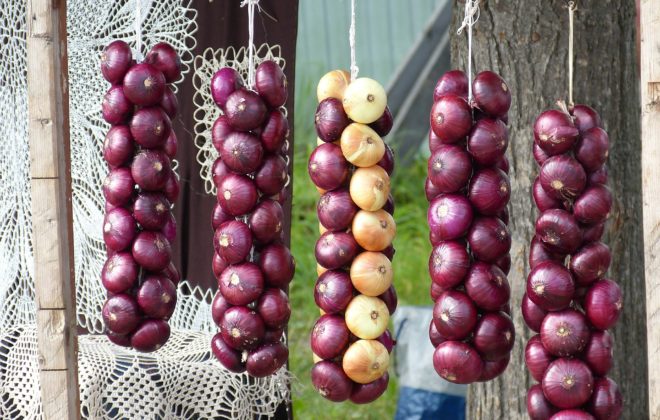

good advice. i live in western Pa. and would like to know which kind of onion you would recommend for my area.
Long Day onions! https://www.dixondalefarms.com/category/long_day_onions